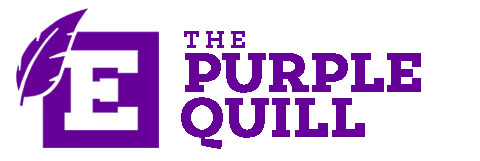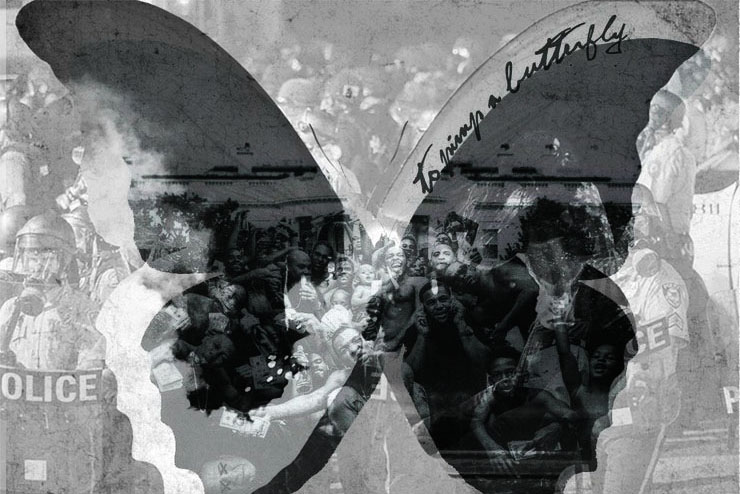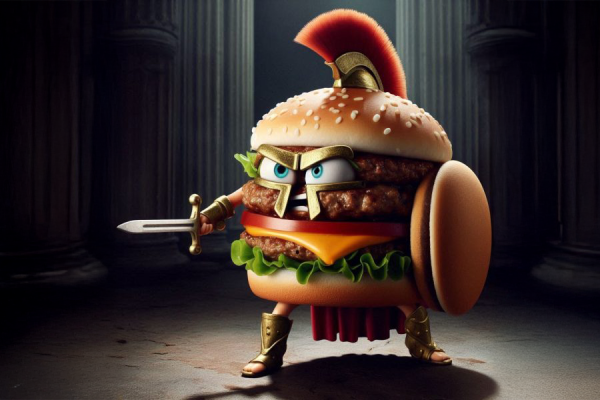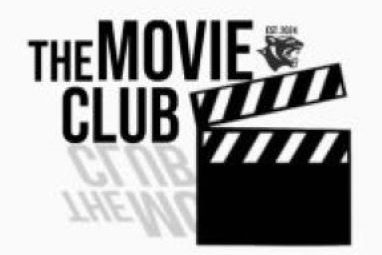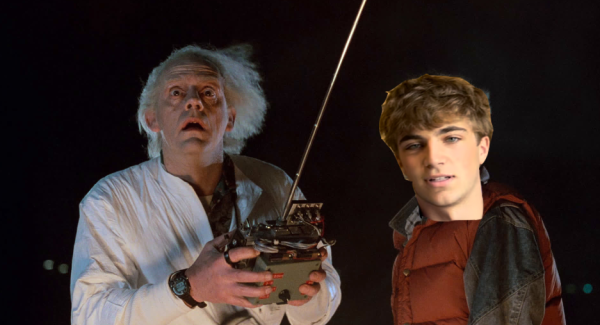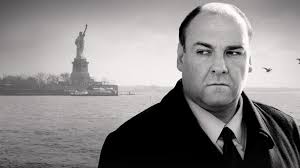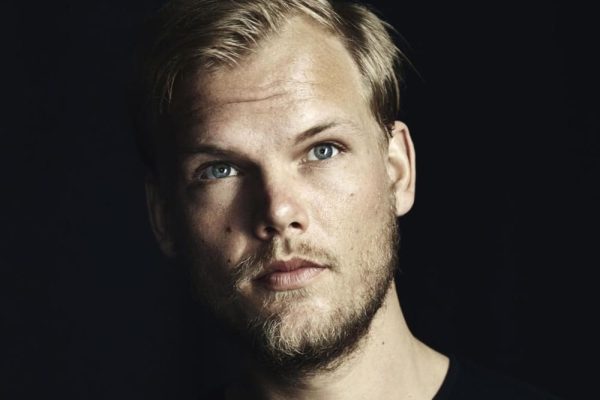Lamar tackles contemporary themes with lyrical skill
A review of the best hip-hop album of the decade – To Pimp a Butterfly.
Photoshopped image featuring artwork from Kendrick Lamar’s To Pimp a Butterfly.

There are two types of hip-hop heads in the world; those who think that Kanye’s My Beautiful Dark Twisted Fantasy deserves the title of best album of the previous decade, and those who think that Kendrick Lamar’s To Pimp a Butterfly deserves the title. While both classics prove to have had a huge impact on both music and American culture in general, I think that Kendrick deserves the title for numerous reasons.
Prior to To Pimp a Butterfly¸ Kendrick showed his potential and rapping skills on his 2011 project Section.80, and especially on his 2012 project good kid, m.A.A.d city. The narrative Kendrick portrayed of his own come up in Compton was well received, and left fans wanting more. The lead single for Kendrick’s next album i was released September 2014. The single featured a more pop influenced and radio friendly instrumental, leading fans to think that Kendrick’s next album would feature similar sounds to his last project. Fans and critics were surprised on March 15, 2015, when Kendrick released a project filled with instrumentals produced with jazz, funk, and soul influence. The lead single was replaced with audio from a live performance of i, which also included an additional a Capella verse by Kendrick.
What truly makes To Pimp a Butterfly special are the themes discussed in the lyrics, and its elaborate instrumentals. Throughout the album, Kendrick uses his lyrical skills to tackle numerous subjects such as the facade of the American dream, sexuality, social justice, religion, racism, self-love, gang violence, and survivors’ guilt. Kendrick wastes no time as he relates the realities and struggles of the African American community on his first track, Wesley’s Theory. His next track For Free? continues with this theme, and uses humor to comment on the American Dream. At the end of the third track King Kunta, Kendrick states the first line of a poem that he continues to build upon throughout the album. With each track, he gradually recites the poem a few lines at a time. The poem serves to frame the various topics of the album until that last track where it is recited in its entirety as a preface to an interview that ends the album.
From this point, Kendrick uses the poem to usher in other topics. The song These Walls discusses the unfortunate reality of other artists and famous people abusing their fame to use others for pleasure. The second half of U features emotion filled vocals by Kenrick that allow him to surface his survivors guilt of leaving his home town of Compton, California. For Sale? – Interlude features Kendrick playing the character of Lucy, a symbol of both the devil (Lucifer) and the American Dream and trappings that music artists face. In How Much A Dollar Cost, Kendrick plays the role of both himself and a panhandler to express how the homeless, like any person have inherent value. In the track, Kendrick writes “He looked at me and said, “Your potential is bittersweet” I looked at him and said, “Every nickel is mines to keep” He looked at me and said, “Know the truth, it’ll set you free” You’re lookin’ at the Messiah, the son of Jehovah, the higher power The choir that spoke the word, the Holy Spirit, the nerve Of Nazareth, and I’ll tell you just how much a dollar cost The price of having a spot in Heaven, embrace your loss, I am God.” Kendrick uses the tracks Complexion and The Blacker the Berry to make statements on racism and the treatment of African Americans in modern America. Kendrick concludes the poem in the final track Mortal Man which includes an impactful ending that explains the title of the album.
A soulful blend of jazz, funk, and elegant instrumentation, the production of To Pimp a Butterfly complements Kendrick’s lyrical content and compliments the emotions behind his delivery. Some of my favorite instrumentals include Momma, You Ain’t Gotta Lie, These Walls, For Sale?, and the intense boom bap sounds on The Blacker the Berry. The transitions between tracks are also beautifully crafted and planned, allowing each track to flow directly into the next, creating a unified listening experience.

While Kanye’s My Beautiful Dark Twisted Fantasy is better known for its more notable features such as Pusha T, Kid Cudi, Rick Ross, Nicki Minaj, Jay Z, Bon Iver, and Rihanna, Kendrick brought in some lesser known names for features that helped with the unique production, as well as lyrical and vocal content. From the angelic vocals of Anna Wise to the masterful bass playing of Thundercat, the unique features complete Kendrick’s album. My personal favorite comes from Rapsody on Complexion.
In no way am I denying the cultural impact of My Beautiful Dark Twisted Fantasy. Kanye’s 2010 masterpiece still deserves the praise it gets for creating a new standard for maximalist and collaborative hip-hop. However, the social impact and themes present in To Pimp a Butterfly not only set a new standard for hip-hop, but also showed how the genre can be used to surface and comment upon deeper social issues. The album also won the Danish Music Award for International Album of the year in 2015, and a Grammy for the best rap album in 2016. Since his 2015 magnum opus, Kendrick has shown no signs of stopping. His 2017 release Damn won the Pulitzer Prize for Music, and his production and rapping efforts were essential in the creation of the soundtrack to the 2018 superhero film Black Panther.

"All men dream, but not equally. Those who dream by night in the dusty recesses of their minds, wake in the day to find that it was vanity: but the dreamers...



